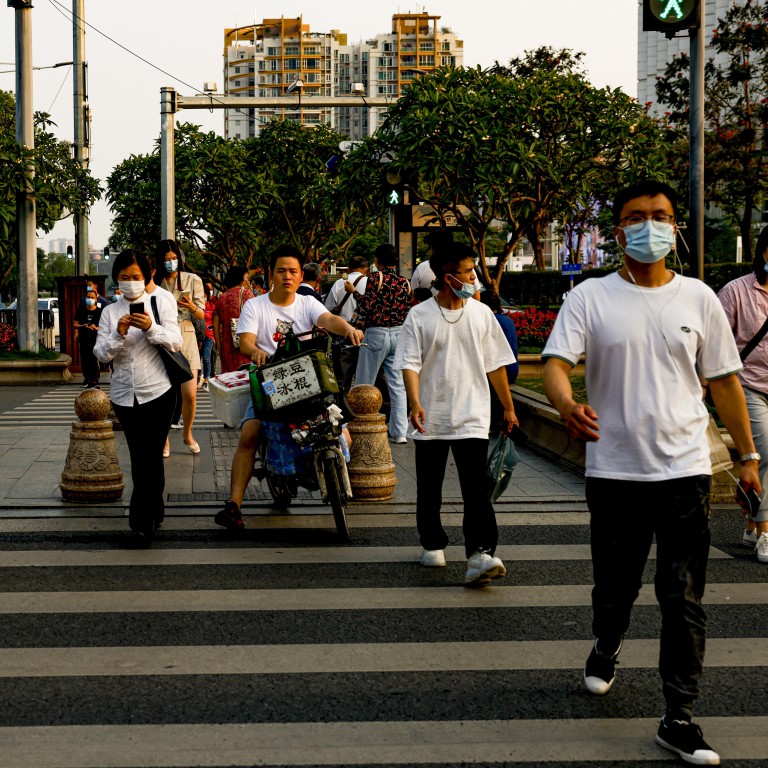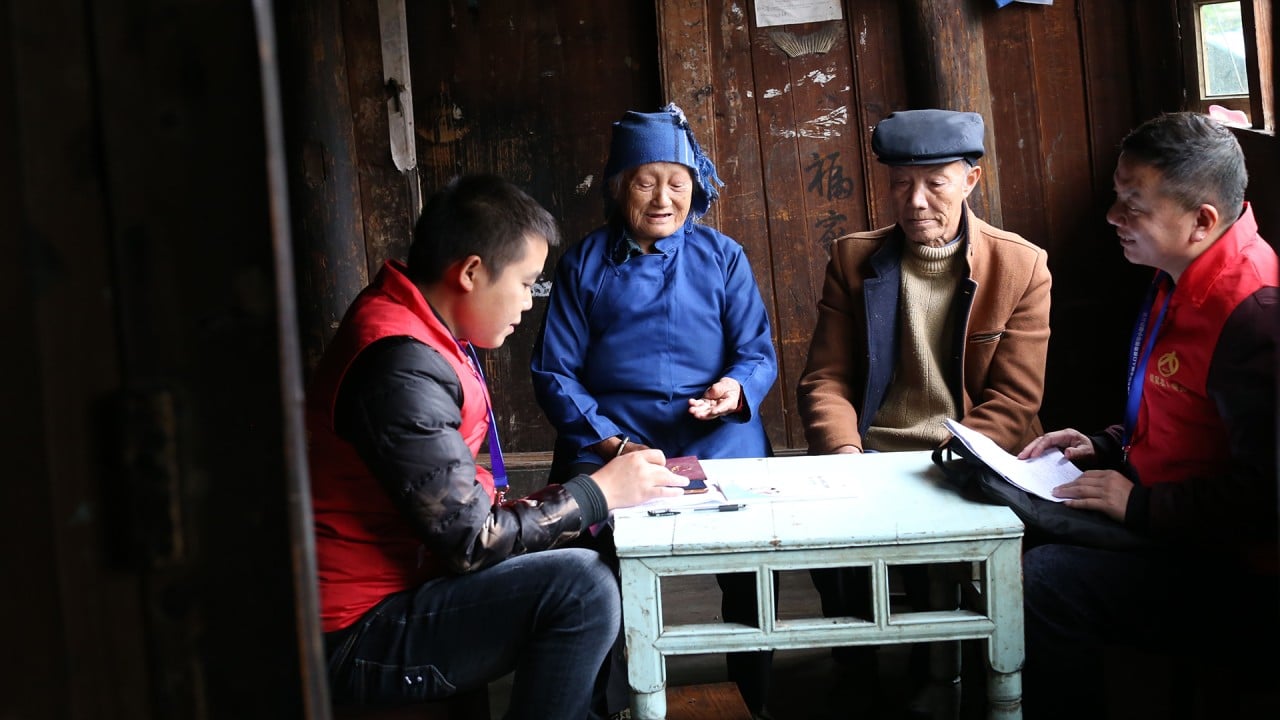
China’s rust belt population plummeted in last decade, exacerbating regional economic divide
- China’s three northeastern rust belt provinces – Heilongjiang, Jilin and Liaoning – lost more than 30 per cent of their population between 2010 and 2020
- Prosperous provinces in China’s east continued to grow, making up nearly 40 per cent of total population in 2020, up 2.5 percentage points from a decade earlier
This is the sixth in a series of stories about China’s once-a-decade census, which was conducted in 2020. The world’s most populous nation released its national demographic data on Tuesday, and the figures will have far-reaching social policy and economic implications.
The exodus of people from China’s central region and north-eastern rust belt accelerated over the past decade, creating greater challenges for the government to boost the economies of the two areas, according to data from the 2020 census.
The proportion of citizens living in the west of the country also rose slightly, but partly due to higher birth rates.
Migration was the main driver of the surge in population in China’s south and east, as people flocked to coastal provinces such as Guangdong, Zhejiang and Jiangsu in pursuit of better jobs and living conditions.
The number of internal migrants, who are not living where they are officially registered under the hukou system, expanded by more than 88 per cent to 492 million over the decade, underscoring the rapid pace of population fluctuations.
The population in each province plays a key role in the central government’s allocation of funds to local governments. Underestimating the population size of a province that received many migrants could lead to a shortage of public services from education and health care.
Three other provinces that had negative population growth over the past decade were Gansu, a relatively poor central province that had been losing people since 2000, and the coal-rich central regions of Inner Mongolia and Shanxi.
“Due to the declines in population and fertility rate [for new births] in recent years, the economic development of the three northeastern provinces has been relatively slow. Its population is ageing rapidly and the burden of elderly care is quite heavy,” said He Yafu, an independent Chinese demographer.
In Liaoning, which borders North Korea, a quarter of residents were older than 60 last year, the highest ratio among all 31 of China’s provincial-level jurisdictions. Along with neighbouring Jilin province, it is one of two Chinese provinces that had fewer men than women in its population, showing the impact of migration for employment opportunities in the south.

10:42
China 2020 census records slowest population growth in decades
Some economists have argued that per capita gross domestic product (GDP) is a better metric to compare economic performance between provinces. A less developed province in western China that loses people may not generate as much GDP as Guangdong, but on per capita basis, they could be similar.
But unlike states in the United States, the share of national GDP commanded by Chinese provinces is not always in line with their share of the total population, which has led to an imbalance of per capita GDP.
In the past, the Chinese government preferred giving financial resources to less developed areas, some of which were constantly losing people, and it paid the price for wasteful investment used to boost growth.
In recent years, Beijing has prioritised building up big metropolitan areas, where people want to move, in an attempt to narrow the imbalance in development between regions.
“Incremental planning should be done in areas where the population flows in, and reduction planning should be done in areas where the population flows out,” said Lu Ming, professor of economics from Shanghai Jiao Tong University.











